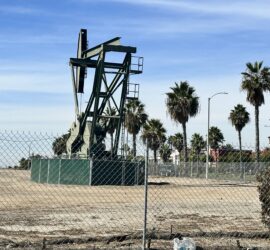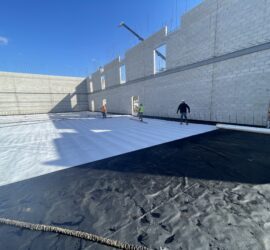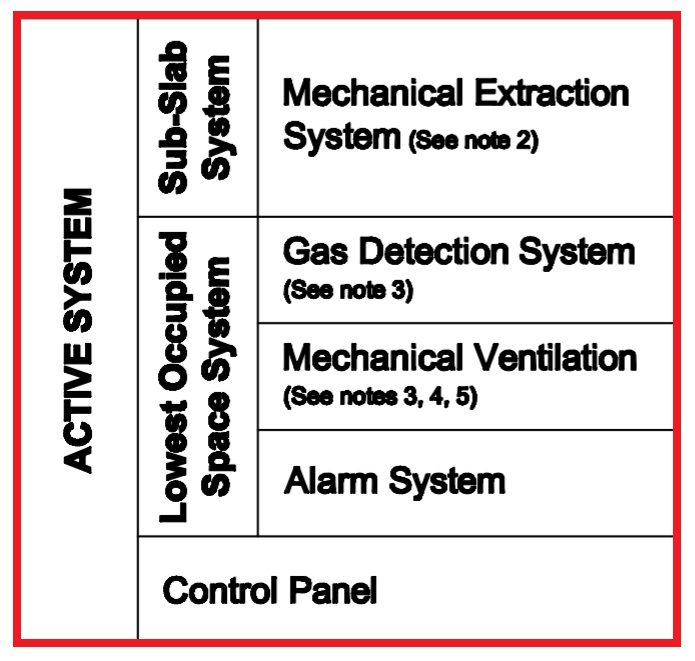Unobstructed Opening Definition in Methane Mitigation
Unobstructed Opening: Per the Los Angeles Department of Building and Safety (LADBS) Methane Code, Ordinance Number 175790, an unobstructed opening is a permanent clearance or gap in the walls, floors, or ceiling of a structure, to allow for direct fresh airflow. In methane mitigation plan applications, this does not include windows, skylights, or doorways. Furthermore, the Methane Code, indicates that some structures in Methane Zones and Methane Buffer Zones with large enough unobstructed openings may be eligible for exceptions to the impervious membrane and methane barrier requirements. Although the exception does not apply in all cases.









